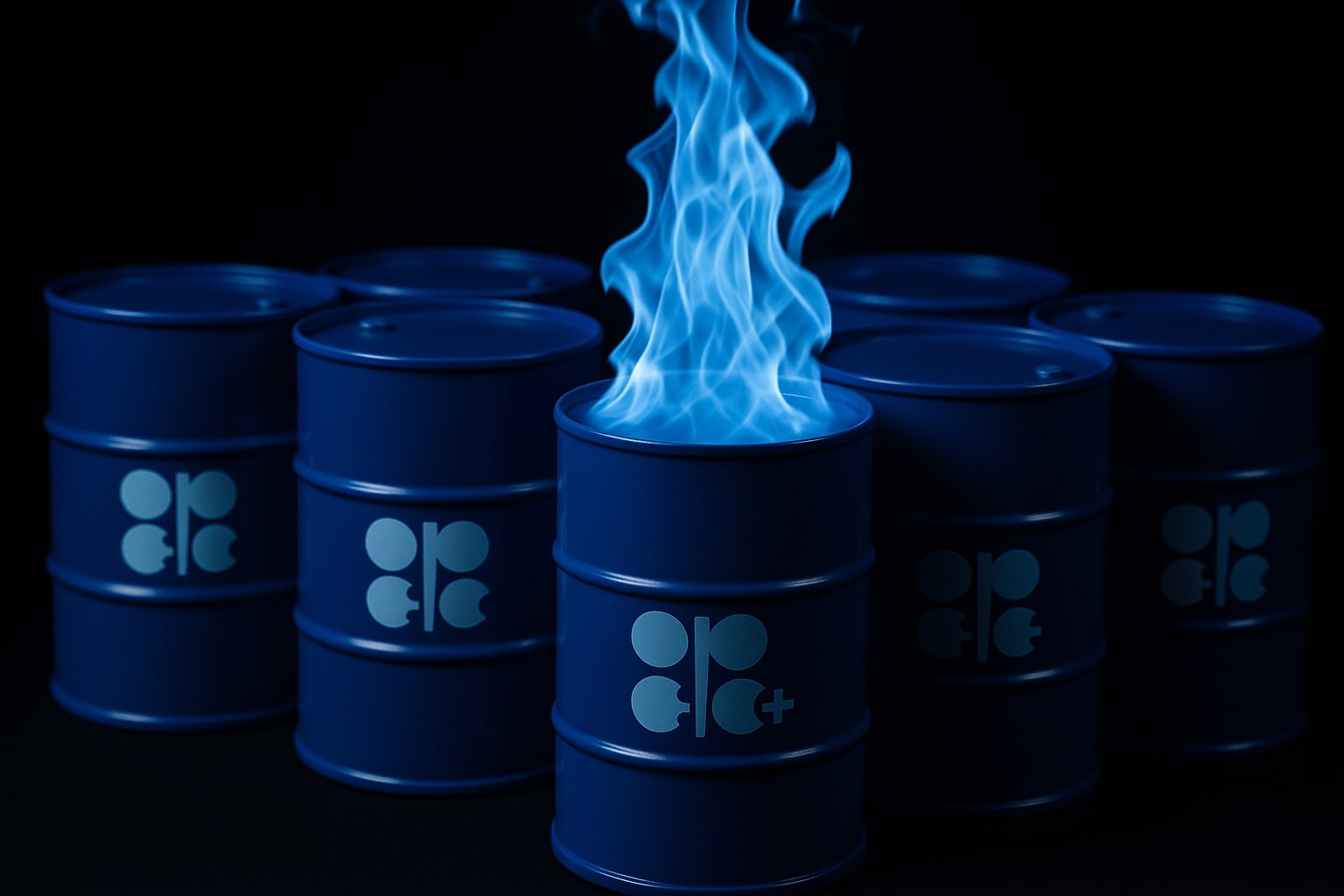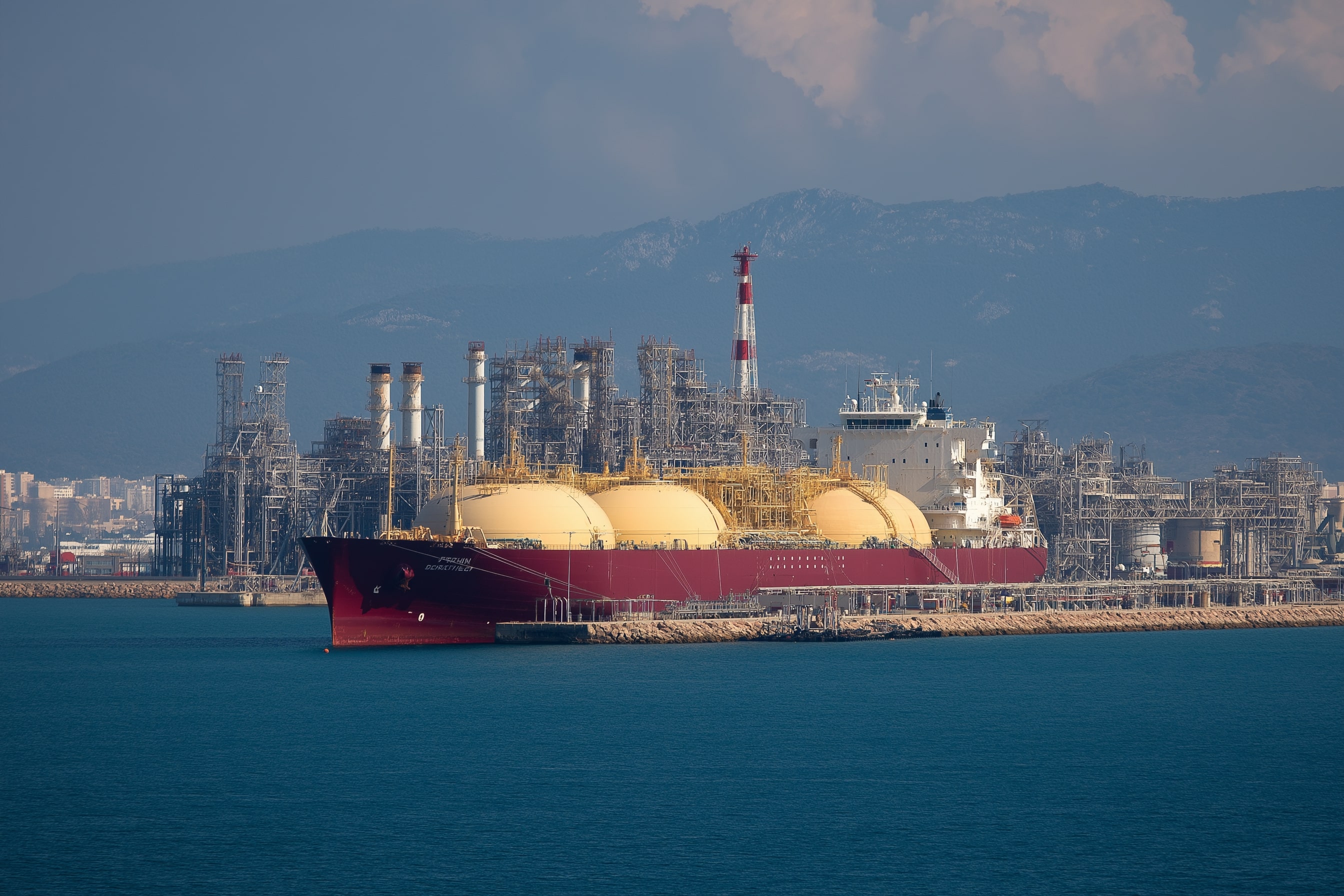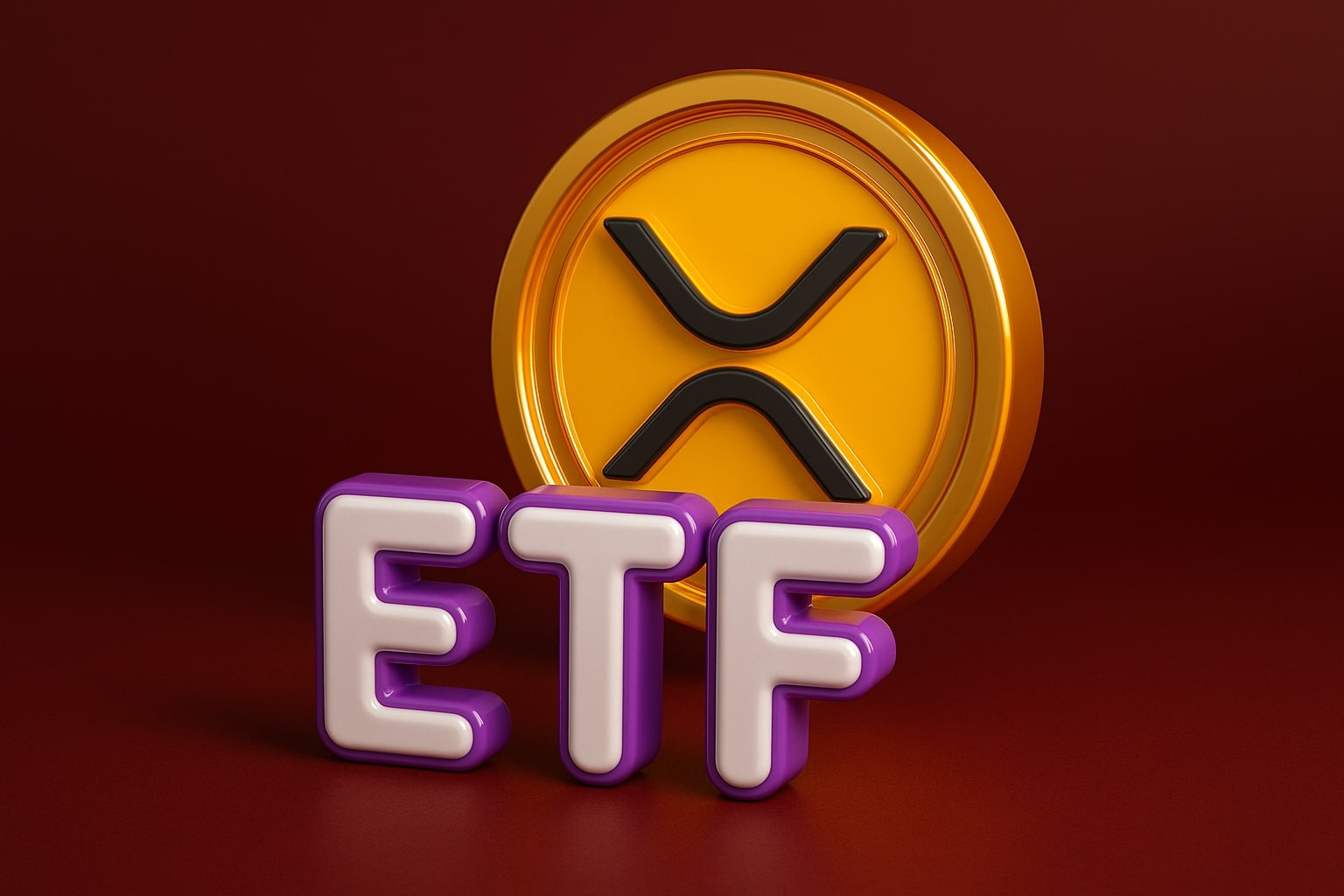
Natural Gas Price (NG=F) Futures Surge to $4.60 as Cold Weather, LNG Exports Tighten U.S. Market
EIA reports 11 Bcf storage draw and record 14.5 Bcf/day LNG exports. Traders eye $4.75–$5.00 targets | That's TradingNEWS
Natural Gas (NG=F) Prices Surge Toward $4.60 as Winter Demand and Tight Inventories Reshape Market Dynamics
Natural Gas (NG=F) is trading around $4.55 per MMBtu, recovering sharply from early November’s low near $3.60 as colder weather forecasts and stronger LNG flows tighten market sentiment. The U.S. Energy Information Administration (EIA) confirmed a withdrawal of 11 billion cubic feet (Bcf) from storage for the week ending November 21, 2025, exceeding market expectations and signaling the start of sustained winter drawdowns. The January futures contract has now climbed to $4.60, extending a three-week rally driven by rising residential heating demand and record LNG exports.
U.S. Market Rebounds as Heating Demand Accelerates and Supply Tightens
Weather-driven demand continues to dominate short-term price action. The first major cold spell of the season has expanded heating requirements across the U.S. Midwest and East Coast, while LNG exports are maintaining near-record levels above 14.5 Bcf/day. Despite ongoing high production — averaging 110 Bcf/day in November — the recent drawdown shows that domestic consumption and exports are beginning to outpace supply. The Henry Hub cash price jumped to $3.93, its highest since September, reflecting tightening physical balances heading into December.
Storage Trends and EIA Report Underscore Early Winter Drawdowns
The EIA data revealed inventories at 3,946 Bcf, about 4% above the five-year seasonal average, but analysts expect that margin to shrink quickly as colder air dominates late November into December. The previous week’s 14 Bcf pull had already signaled a shift in fundamentals; now, a deeper-than-expected 11 Bcf withdrawal confirms stronger residential and commercial consumption. Futures traders reacted by extending long positions, pushing January contracts above $4.55, with technical momentum building toward $4.75 if next week’s storage report confirms another below-average draw.
Colder Weather Outlook and LNG Exports Reinforce Bullish Bias
Forecast models show sustained below-normal temperatures through early December, particularly across the Midwest and Northeast, key residential demand regions. LNG export terminals are operating near full capacity, with strong offtake from Asia and Europe as both regions enter peak winter procurement. Global LNG prices around $13–$14/MMBtu continue to make U.S. exports profitable, amplifying feedgas demand from Gulf Coast terminals. This dual pressure — domestic heating and export flows — supports the current bullish tone for NG=F.
Regional Price Disparities Reflect Changing Demand Patterns
Regional spot prices demonstrate how supply logistics and renewable penetration are altering the U.S. natural gas landscape. The SoCal Border Avg. trades around $2.93/MMBtu, while PG&E Citygate and SoCal Citygate average near $3.75. A year ago, these same hubs saw prices between $49 and $57, illustrating the deep normalization following the 2022–2023 volatility spike. California’s growing renewable share is the key driver: grid-scale solar and battery storage are increasingly displacing natural gas-fired power during peak hours.
Renewables Displacing Gas-Fired Generation in California and Beyond
According to U.S. Energy Information Administration data, California’s utility-scale solar generation has doubled since 2020, while natural gas output for power fell 18% year-over-year through August 2025. This shift has eroded base-load gas demand, keeping regional prices low even during winter peaks. The structural effect extends beyond California as Texas and the Midwest deploy additional wind and solar capacity paired with battery storage, limiting long-term gas burn for electricity generation. While these developments reduce structural demand, they also create intermittent volatility — sudden cold snaps still trigger short-term price surges as gas remains essential for grid reliability.
North American Production and Export Balances Remain Critical
Despite the short-term bullish tone, U.S. supply remains resilient. Production from the Marcellus, Haynesville, and Permian basins remains strong, offsetting any weather-related disruptions. In Canada, record-high inventories and steady LNG development are adding to continental supply confidence. The Enserva forecast from Calgary projects Canadian drilling activity down 9% year-over-year for 2025, with further declines into 2026, but output remains sufficient to feed export pipelines to the U.S. and LNG terminals on the Pacific coast.
European and Asian Demand Divergence Adds Global Complexity
In Europe, mild November weather has capped heating demand and limited withdrawals from gas storage, leaving inventories roughly 95% full, the highest seasonal level on record. The European Union’s energy transition programs and accelerated renewable incentives are further limiting incremental gas demand. Conversely, Asia’s appetite for LNG continues to grow — particularly in Japan and South Korea — sustaining export flows from U.S. terminals even as Europe stabilizes. This divergence underscores why NG=F reacts more strongly to U.S. and Asian demand than European signals in the current environment.
Technical Landscape: Momentum Builds as January Contract Targets $4.75 Resistance
From a technical perspective, NG=F remains in bullish formation. The contract broke above its 50-day moving average at $4.20, with next resistance at $4.75 and secondary resistance near $5.00. Support rests around $4.10 — the mid-November breakout zone — followed by $3.90 at the 20-day EMA. RSI near 61 suggests moderate overbought conditions, but rising open interest and stronger volume confirm sustained bullish positioning.
Macro Pressures: Oil Decline, Fiscal Tightening, and Energy Transition
While oil prices have dropped below $60 per barrel, dragging down sentiment across the oilpatch, natural gas remains comparatively stronger due to its seasonal dynamics. However, the Enserva industry report warns that drilling budgets in North America may fall 5.6% in 2025 and another 2.2% in 2026, reflecting restrained investment even as winter demand rises. This reduction could gradually constrain supply over the next two years, supporting medium-term gas prices even amid renewable encroachment.
Read More
-
GPIQ ETF (NYSEARCA:GPIQ) Hits $52.97 as 9.8% Yield and $2.21B AUM Cement Its Lead in Covered-Call Income ETFs
26.11.2025 · TradingNEWS ArchiveStocks
-
XRPI and XRPR ETFs Hit $586M Inflows as XRP Price (XRP-USD) Holds $2.22 and Eyes $2.50–$4.50 Upside
26.11.2025 · TradingNEWS ArchiveCrypto
-
Oil Price Forecast: WTI (CL=F) and Brent (BZ=F) Hover Near Lows $58–$63
26.11.2025 · TradingNEWS ArchiveCommodities
-
USD/JPY Price Forecast - (JPY=X) Holds 156.50 As BoJ Tightening Talk and Fed Cut Bets Reshape Currency Outlook
26.11.2025 · TradingNEWS ArchiveForex
Key Catalysts Ahead: Storage Reports, Weather Volatility, and LNG Capacity Expansion
Traders now focus on three catalysts: weekly EIA storage data, temperature patterns across December, and updates on new LNG capacity. Any confirmation of continued below-average withdrawals could accelerate speculative buying. Additionally, the U.S. Gulf Coast LNG expansions slated for Q1 2026 could lift feedgas demand by an additional 1.2 Bcf/day, tightening balances further. Conversely, a mild start to December or a rebound in production could flatten the rally.
Outlook and Market Positioning: Short-Term Bullish, Long-Term Neutral
The short-term structure of Natural Gas (NG=F) remains bullish into early winter, with fundamentals supported by colder forecasts, firm exports, and tightening inventories. Yet, the long-term outlook is tempered by structural shifts toward renewables and persistently high production capacity. Investors holding short-term positions can benefit from volatility as prices test the $4.75–$5.00 zone, while longer-term participants should remain cautious given potential demand erosion by 2026.
Verdict: BUY / SHORT-TERM BULLISH
Data supports a short-term BUY stance on NG=F, with immediate upside potential toward $4.75–$5.00 over the next several weeks. Medium-term, the market is likely to normalize near $4.00 as renewable displacement and strong output cap sustained rallies.



















